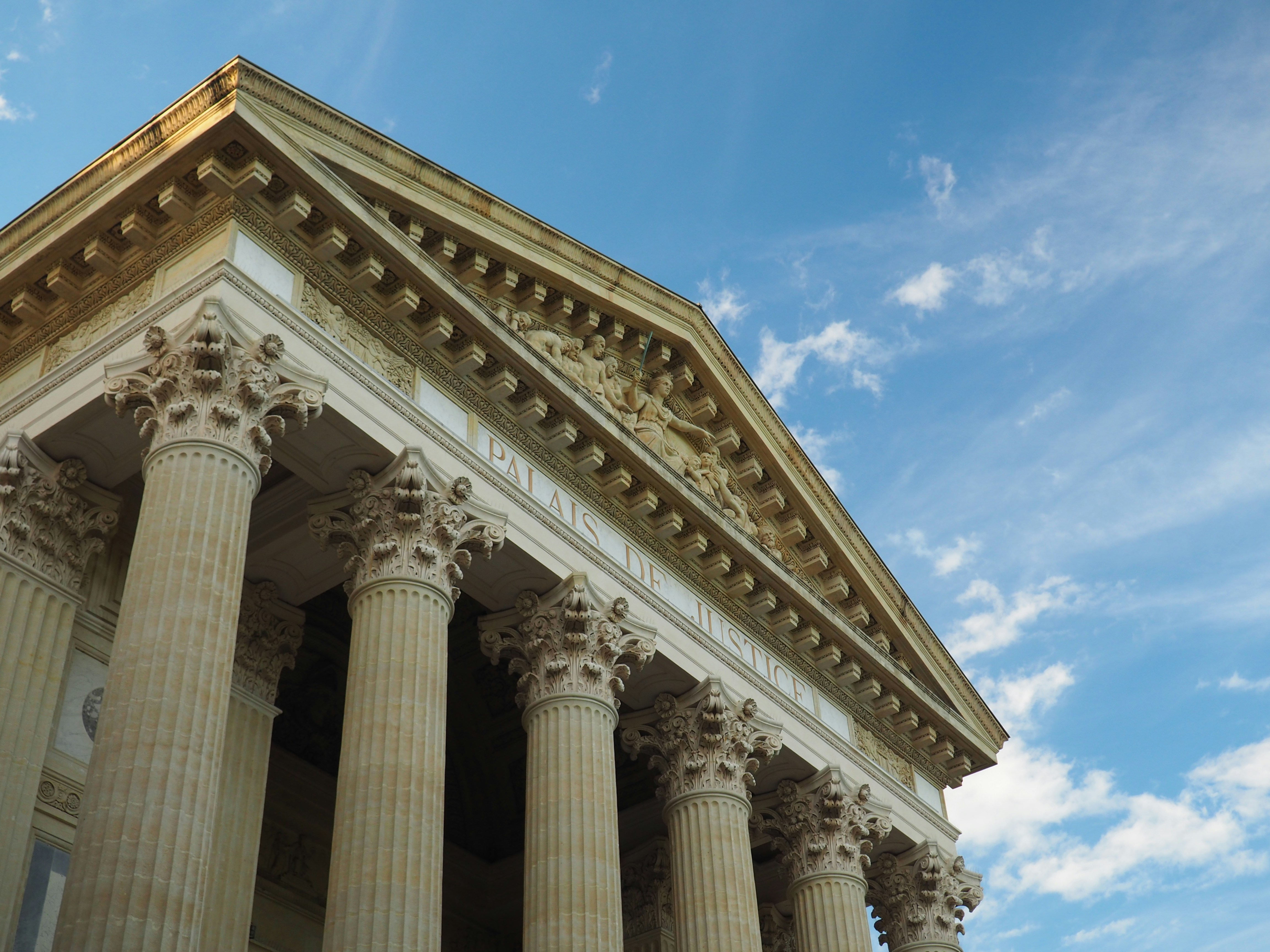The concept of restorative justice was entered into the Criminal Code in 1996. Legislators of the time understood that the process of incarcerating and re-incarcerating people was increasing the danger of recidivism and costing communities. People often re-entered the community with emotional issues that weren’t being addressed. By integrating the community into the justice system, better results could be obtained, especially for Aboriginal communities.One facet of restoration that is not normally discussed in the context of restorative justice is the importance of pardons. Pardons are not considered a part of restorative justice, but, in fact, they should be considered the last link in the circle of healing.
Why should pardons be part of restorative justice?
Pardons, which are currently called Record Suspension in Canada, help the former offender reach a milestone and receive recognition of their accomplishment.Meeting the conditions of a restorative justice sentencing or healing circle is one accomplishment. Once that accomplishment is met, the individual becomes accountable to oneself and to the community. However, this time, one does not have the direct supervision and conditions of the sentence and must prove an ability to succeed through only personal accountability.When a person proves that they can do this by maintaining a clean record for a certain number of years, receiving a pardon serves as an acknowledgement and an important recognition.On the other hand, not being able to apply for a pardon due to eligibility or finances can cause a sense of despair that can contribute to recidivism. Currently, the application alone costs $631 and there are many other associated fees. Many people who apply on their own are unsuccessful at even getting their application accepted for filing.
How are pardons similar to restorative justice?
The object of restorative justice is to generate healing in the community. In order to participate in a restorative justice process, the individual must accept responsibility for their actions in front of the community. This is similar to a pardon. One cannot receive a pardon if one continues to maintain innocence. When filling out the measurable benefit statement involved in the pardon process, applicants should be prepared to talk about how the crime happened and how the pardon will benefit them. A person who feels they are not guilty needs to seek remedies in the court system.Many people who come before the justice system have faced numerous challenges in their lives, including abuse, unemployment, mental health issues and addictions. During the restorative justice program, these issues are considered alongside the actions of the individual. While traditional courts tend to only look at the actions of the individual, restorative justice circles will look at all of the social factors that contributed to the actions. They will often develop a plan to deal with these factors, such as counselling, treatment, participation in the traditional economies practiced by their communities, such as fishing.Having this support is often invaluable to the participant as they start to feel like an accepted and important part of the community. However, once the person is rehabilitated, he or she may go on to apply for jobs, volunteer positions and other opportunities only to find themselves shut out by background checks.A pardon is necessary to assist the person in their rehabilitation by allowing them to remain an active part of the community after their conditions are met. If opportunities are not available, they may become discouraged and return to the types of activities that led them to offend in the first place. They may leave the community and find more challenges trying to establish themselves somewhere else. Without a pardon, a record will follow them wherever they go.The concept of restorative justice requires a different mindset than that of traditional justice. Restorative justice is only successful if the circle of healing can be completed. Traditional justice focuses mostly on retribution and rehabilitation, but does not address the root causes of the crime – disconnection from the community and a low sense of self-worth. It can only work if there are adequate supports for the offender in the community which may include government programs, non-profit programs and family and friend support.
How can pardons become part of a restorative justice program?
Pardons are important in both cases, but in the case of restorative justice, they can become part of the program:
- Although resources are limited, the community can help the offender obtain the pardon financially. This could be accomplished by donation or work in kind.
- The government could step in and provide support for communities that want to pursue restorative justice through to the stage where the individual is eligible for a pardon.
- The issue of applying for a pardon could be brought up during the sentencing or healing circle and the individual asked to create a plan for the future and how he or she may go about obtaining a pardon to support the restoration.
- One aspect that we feel is essential to making pardons more effective in rehabilitation or restorative justice is to reduce the waiting period that one must wait to apply. The current waiting periods of five years for a summary offence or ten years for an indictable offence are demotivating and could potentially contribute to recidivism.
If you run a restorative justice program or are interested in Record Suspensions and how they can benefit communities, please contact us for more information about the process.If you would like to apply for a pardon (Record Suspension) contact AllCleared for a free consultation at 1-866-972-7366.

.avif)


